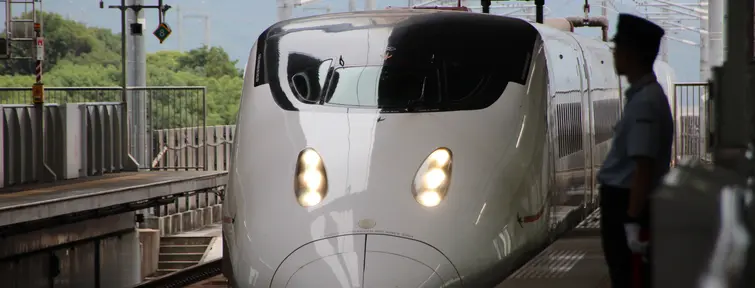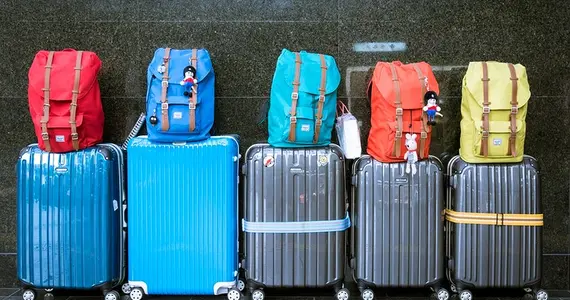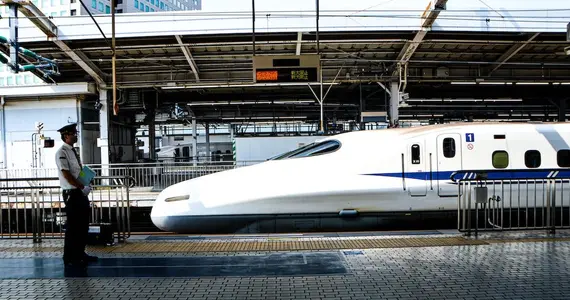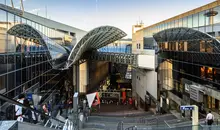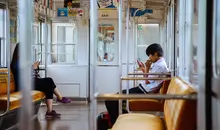Shinkansen Travel Tips
- Published on : 21/06/2021
- by : Japan Experience
- Youtube
Travel the bullet train in comfort, at speed and for free if you have a Japan Rail Pass.
The perfect guide about the bullet trains in Japan
The Japanese bullet train network runs all the way from Hokkaido in the north to Kyushu in the south, and links major cities in a few hours. The Shinkansen is known for its punctuality, comfort and safety, easily accessed with the Japan Rail Pass or with tickets available for purchase to Japan's most essential destinations!
But how much do you know about the Shinkansen? Our articles will guide you through the different shinkansen lines in Japan and give you tips for using the network of high-speed trains.
Shinkansen Travel Tips
Discover our other themes
Other themes :
- Train in Japan
- Attractions and Excursions
- Before you Travel
- Books on Japan
- Events and Festivals
- Family Travel
- Getting Around Kyoto
- Getting Around Tokyo
- Itineraries for Japan
- Japanese Food and Drink
- Japanese History
- Japanese Language
- Japanese Movies
- Japanese Pop Culture
- Japanese Stations
- Markets in Japan
- Museums and Galleries
- Nightlife in Japan: Going out, seeing and drinking
- Onsen, Hot Springs and Public Baths
- Outdoor Activities
